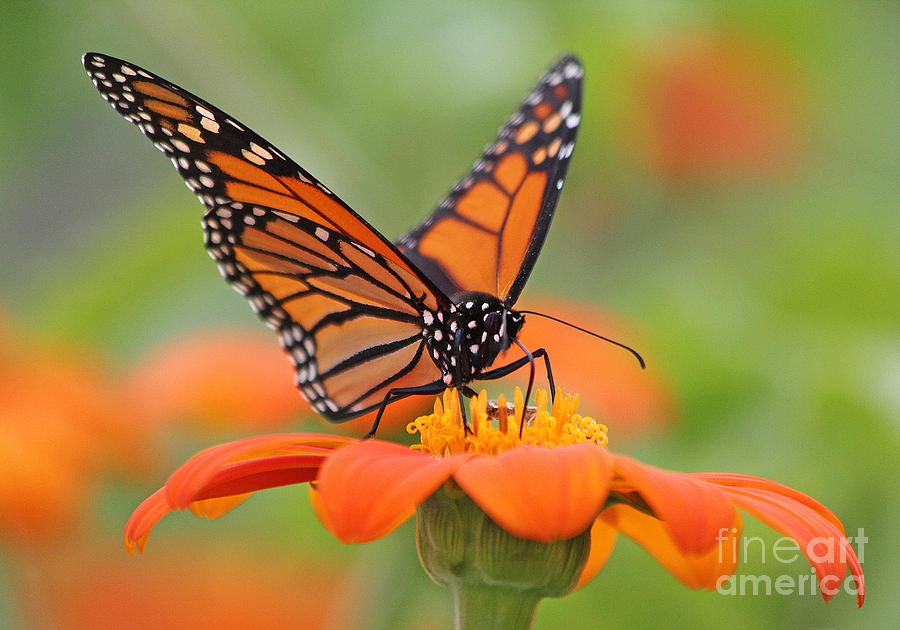
In a study published in the Journal of the Royal Surface Interface, researchers from Lund University in Sweden found that butterflies "clap" their wings together to generate thrust. But instead of just slamming them together like two flat surfaces, they form a "pocket" that traps more air and provides them with an extra boost of speed during takeoff.
"If you are a butterfly that is able to take off quicker than the others, that gives you an obvious advantage," said Per Henningsson, a biologist and one of the study researchers.
Butterflies' complex propulsion technique
Scientists have long puzzled over how butterflies move through the air. These pretty insects are not quite like other flying animals, such as birds and bats.
"They have a very extreme wing shape — very large, short but very broad wings compared to their little body … That is a bit of a puzzle because that sort of wing is quite inefficient," explained Henningsson.
Butterflies fall prey to a variety of animals, such as frogs, spiders, lizards and birds. With many creatures on their tail, butterflies are exposed to great danger. "It's a strong selective pressure then because it's a matter of life and death," said Henningsson.
Past studies have shown that butterflies clap their wings at the end of the upstroke to generate propulsion. But data on that wing clap is lacking.

To that end, the researchers recorded free-flying butterflies in slow motion to learn more about this flying motion. They found that the wings of butterflies form a cup shape during the upstroke -- just before clapping -- to generate thrust. The winged creatures then find weight support during the downstroke.
The researchers also observed that butterflies perform the wing clap "in a far more advanced way" than previously thought. When their wings meet, they are not just two flat surfaces slamming together; instead, they form a "pocket" that captures more air and improves the butterflies' speed.
Butterflies takeoff style an evolutionary advantage
As part of their experiment, the researchers created two pairs of simple mechanical wings, one set rigid and the other flexible like true butterfly wings. The team found that the flexible wings were 28 percent more energy-efficient and 22 percent better at generating force than the rigid ones.
Henningsson said that it's still not clear if butterflies use the pocket technique while in free flight, but during the take-off phase, they definitely do it a lot. The researchers believe that the enhanced takeoff technique gives butterflies an evolutionary advantage that helps them escape predators.
"To minimize the risk of capture, butterflies typically take off very fast and suddenly, and many of them fly in an erratic and unpredictable manner," Henningsson said. (Related: Scientists reveal secret behind the diabolical ironclad beetle's uncrushable armor.)
He added that their findings can be used to develop drones that use the same style as butterflies. Last year, an international team of engineers developed a bird-sized drone based on the common swift. Called the "ornithopter," the drone flaps its wings to generate forward thrust. It's an efficient flyer that can avoid collisions and has the potential to safely navigate crowded areas.
"The people that are working on these designs … should look into this cup-shape behavior, since there are lots of efficiency and effectiveness to be gained from it," said Henningsson.
Read more stories about animals and their fascinating biology at Ecology.news.
Sources include:
Please contact us for more information.






















